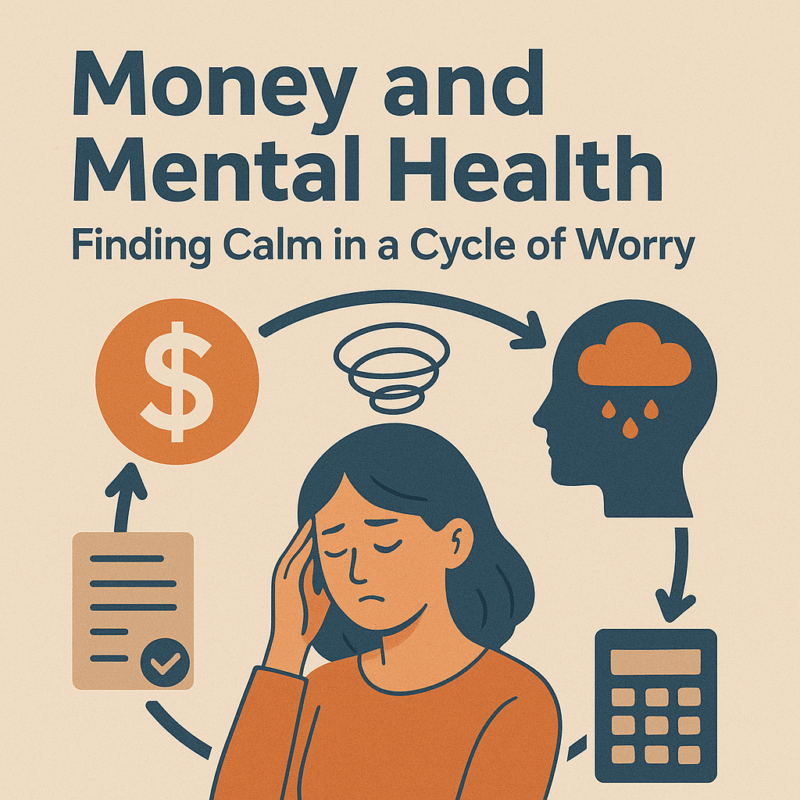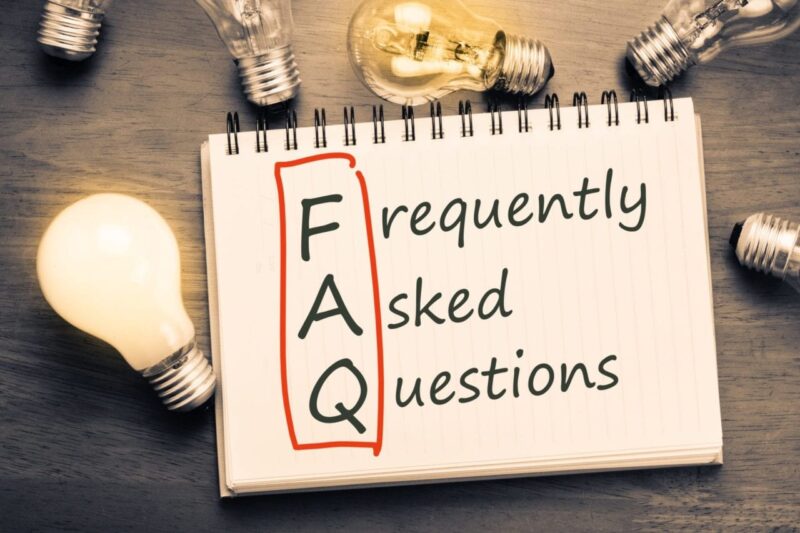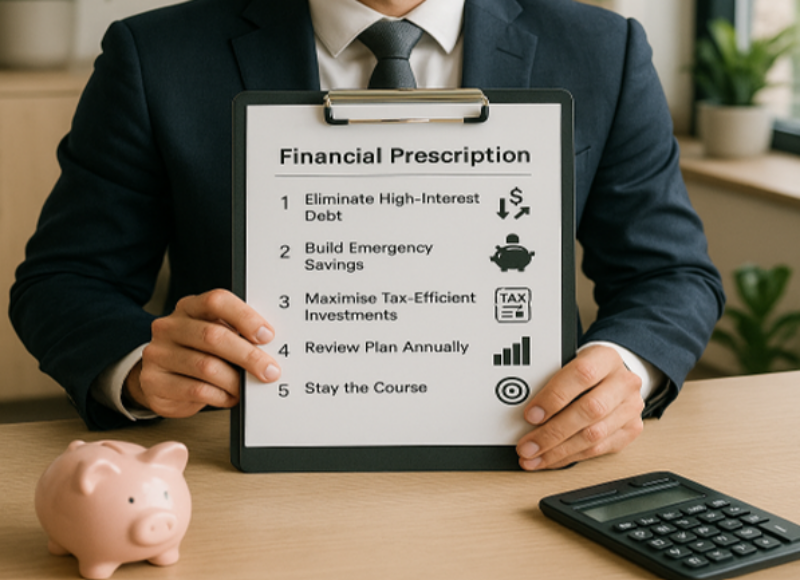We have been waiting for a reversion to the mean ever since; surely, normal interest rates have to come back into play at some point. However, this begs many questions: what is a normal rate of interest? Are we still, in effect, in the aftermath of the banking crisis, with limited, real corrections to market conditions yet to come? Aren’t governments still as indebted (if not more?) than they were in 2008? Is a secondary banking crisis, or crash, a possibility?
Put another way, have those “temporary” emergency measures done nothing more than put some difficult decisions out into the long grass? And was the 2008 crisis actually a multi-year one, which could drag for years to come from here?
There is a simple premise here to consider… maybe nobody knows the answers! In the past few weeks, oil prices have tumbled; falling at the time of writing to around $80. Just a few weeks ago, the consensus of the major oil analysts was that the short term outlook for oil was in the range of $100-$110. Even those people whose job it is to sit behind a desk and study the fundamentals couldn’t see the fall that has taken place.
Markets and market prices are notoriously unpredictable and are virtually uncontrollable (over time). Interest rates are no exception. Central bankers and governments cannot ultimately control interest rates; they can and do control them to a point and most certainly for a time but as John Major found out in the early 1990s, if markets dictate then governments can get caught out. This lesson is found time and time again in the history of markets.
Market conditions have been perfect for central bankers to maintain low base rates; most notably the lack of any inflationary pressure has taken away the one economic condition that would force interest rates higher.
As we enter 2015 there is little doubt that the consensus is to stick with low interest rates and to try and maintain the wider UK economic recovery, which seems fragile at best. It is likely therefore that we will see more of the same for some time to come. But watch out for any sign that inflation is starting to take hold; as any sailor will tell you, a storm can appear more quickly than you can move your boat and so it is with inflation – it can rise from seemingly nowhere. Any signs that inflation may be rising would suggest that policymakers would have no option but to start increasing rates and this could happen far quicker than anyone may realise.
The message here? Make sure your financial planning is structured to cater for the unexpected.



